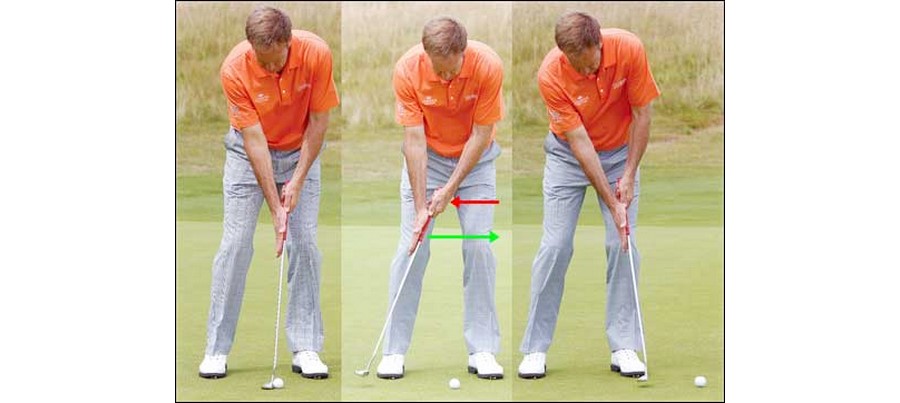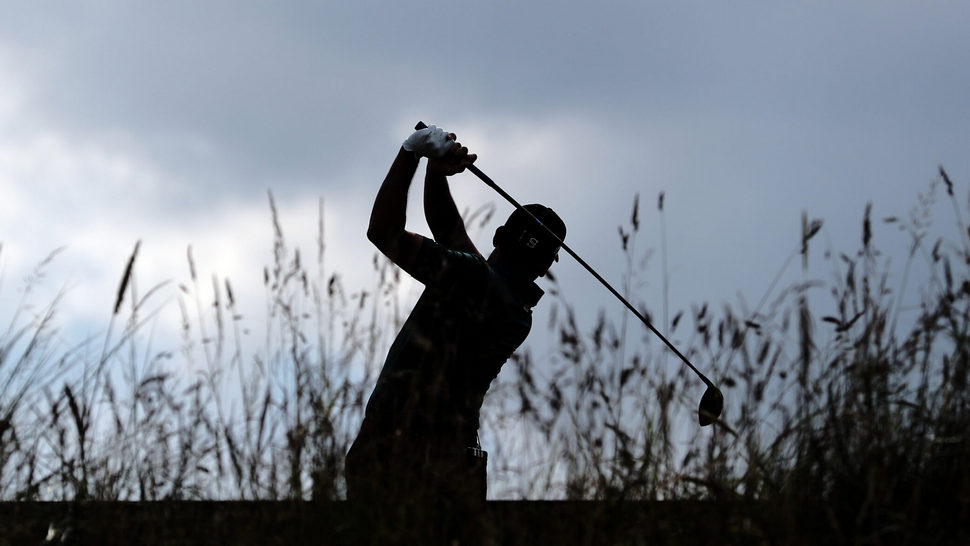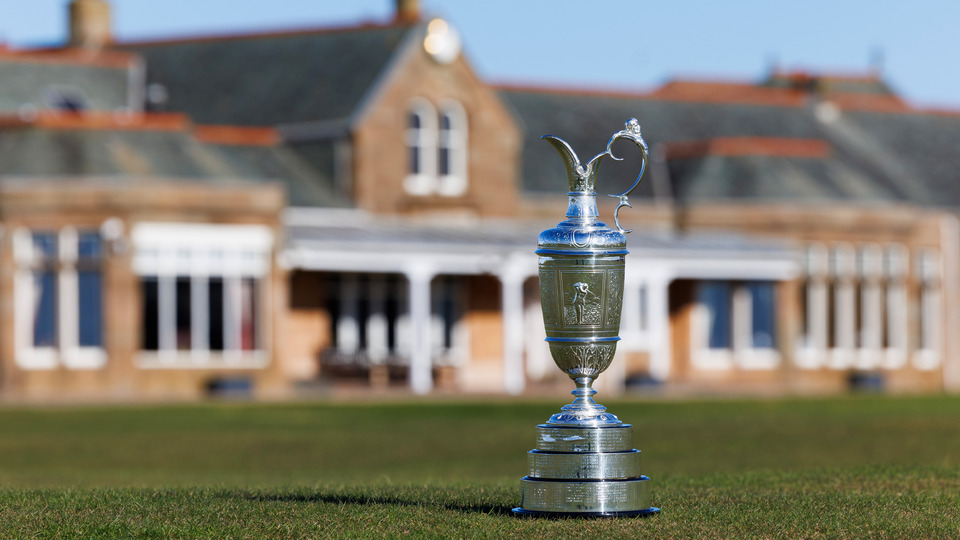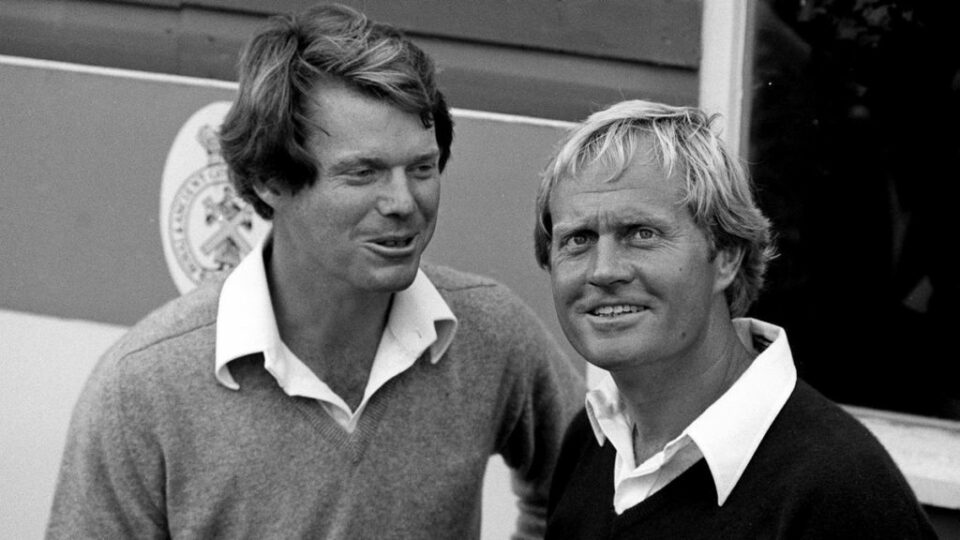If the tips and swing thoughts that you rely on have past their sell-by date, then perhaps it’s time to try something new? Over the following pages, let me share with you some of the ideas that I have found successful among my students – in several cases simply a change of emphasis on a certain element of technique that helps you to marry mind and body and play a more intuitive game of golf. Any questions, fire them over. You can post them to me at my academy website www.scottcranfield.com
Part 1 - Long Game
Part 2 - Pitching
Part 3 - Sand Play
Part 4 - Putting
Pace: The key ingredient in determining the number of putts you make…
Seems to me there’s one vital factor that never really gets the recognition it deserves in putting – and that’s distance control. For every inch the ball runs past the hole, the size of the hole effectively shrinks – which means the ball has less chance of dropping in the faster it is travelling. No one can ever dispute the fact that ‘never up is never in’ but, on the other hand, if you are too aggressive with your putts you are basically aiming at an ever-reducing target.

Clearly there’s a balance to be struck. And research suggests that a rolling pace that would see the ball finish around 9 inches or so past the cup is ideal in terms of maximising its chances of falling in should it catch any part of the hole. Take that on board and there are obvious implications in the way you read a putt – and this ties in with something Phil Mickleson said after holing that birdie putt on the final green at Muirfield – Phil gave that fast, curling putt the utmost respect, playing the maximum break at dead weight.
Remember, when you study a putt with any movement in it, the mouth or centre of the hole effectively moves according to the path the ball is taking as it tracks the hole – you need to bear that in mind when you study your putts. But I guarantee you will make more of them if you focus on the speed of the putt and visualise the ball falling into the hole on the high side.
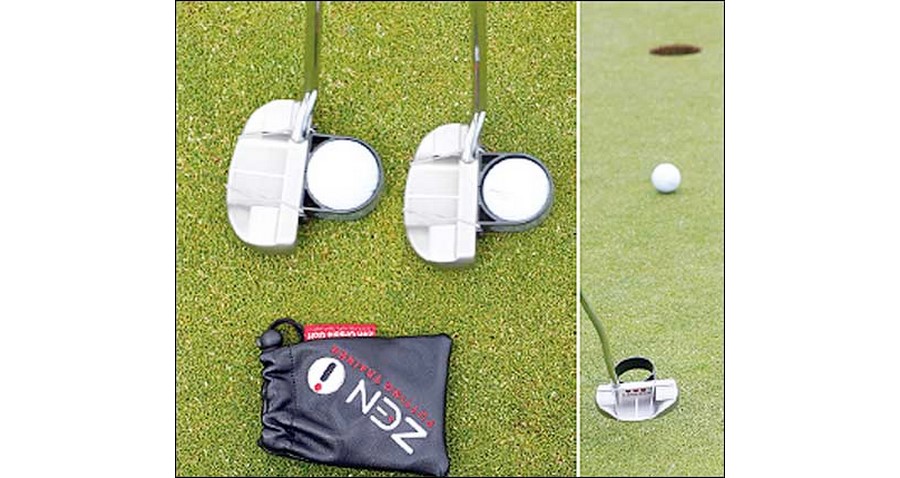
Putting: Create lag in transition for constant speed through the ball
Just because we’re dealing here with a miniature motion doesn’t mean to say the putting stroke isn’t subject to the same dynamics of a full golf swing. What do I mean by that? Well, you create energy going back, as you swing the putterhead away from the ball, and then, just as it’s completing its journey, there’s energy in the opposite direction via the transition. The golf swing isn’t up-stop-restart, and neither is a good putting stroke.
As the best putters arrive at the completion of the backswing so there is a little force being pushed onto the shaft to start it down. In other words there’s a miniature ‘lag’ going on. That’s where the acceleration takes place – and as the putter then travels on to the ball it is travelling at a consistent speed. This is why the best putters in the game have such fantastic distance control – they are not dealing with something that is continually speeding up.
As a drill, stroking a few putts with the right hand held flat on the grip will encourage more a feeling of gently reversing momentum of the shaft, so it’s never stopping. You are encouraging the motion back just before you reach the conclusion of the backswing. In so doing you free-flow into the downswing and eliminate any tendency to hit ‘at’ the ball.
